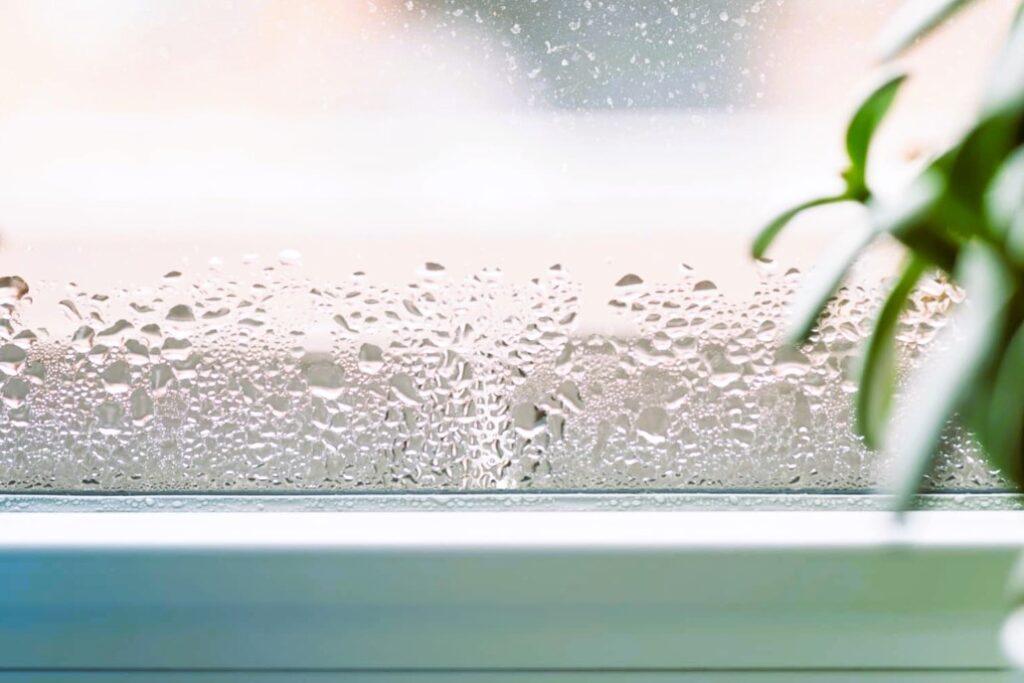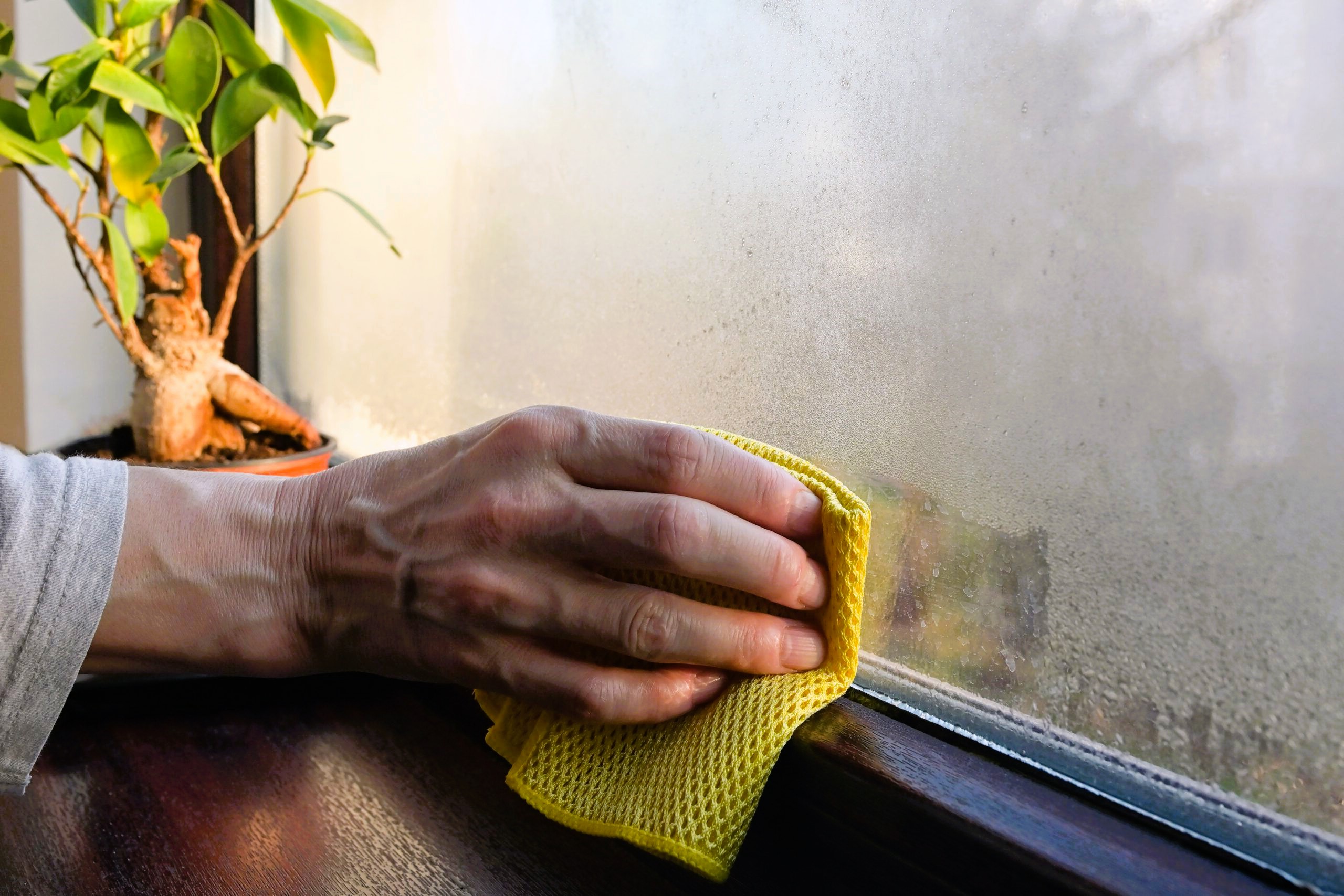If you’ve ever noticed moisture forming on the inside of your windows, you’ve experienced window condensation. While it may seem like a minor issue, window condensation can lead to more significant problems if left unaddressed. In this article, we’ll delve into the causes of window condensation, explore prevention strategies, and discuss effective solutions to maintain a comfortable and healthy indoor environment.
Understanding Window Condensation
Window condensation occurs when warm, moist air comes into contact with a cold surface, such as the glass of your windows. This causes the moisture in the air to condense into liquid water droplets on the window’s interior surface. The severity of condensation can vary depending on several factors, including indoor humidity levels, outdoor temperatures, and the efficiency of your windows.
Causes of Window Condensation
- High Indoor Humidity: One of the primary causes of window condensation is elevated indoor humidity levels. Activities such as cooking, bathing, and even breathing release moisture into the air. When this humid indoor air comes into contact with colder window surfaces, condensation forms.
- Poor Ventilation: Inadequate ventilation can trap moist air inside your home, increasing the chances of condensation. Proper ventilation helps exchange indoor air with outdoor air, reducing humidity levels.
- Inefficient Windows: Older or poorly insulated windows are more prone to condensation because they allow heat to escape and colder air to enter, resulting in cooler window surfaces.
- Extreme Outdoor Temperatures: Extremely cold outdoor temperatures can contribute to condensation because they lower the temperature of your window glass, making it more susceptible to moisture buildup.
Preventing Window Condensation
- Control Indoor Humidity: To prevent excessive indoor humidity, use exhaust fans in kitchens and bathrooms, and consider using a dehumidifier in particularly humid areas of your home.
- Improve Ventilation: Ensure proper ventilation by opening windows and using exhaust fans. This helps remove humid air and allows fresh, dry air to circulate through your home.
- Seal Leaks: Seal any gaps or leaks around your windows to prevent cold outdoor air from infiltrating your home. Weatherstripping and caulking are effective solutions. Do you like the article? Read also about Energy-Efficient Windows.
- Upgrade to Energy-Efficient Windows: Energy-efficient windows with double or triple glazing and low-E coatings are better at maintaining warmer glass surfaces, reducing the likelihood of condensation.
Solutions for Existing Window Condensation

If you’re dealing with window condensation despite preventive measures, there are ways to address the issue:
- Use a Dehumidifier: A dehumidifier can help lower indoor humidity levels, making it less likely for condensation to occur.
- Curtains and Blinds: Keep curtains and blinds open during the day to allow warm air to reach your windows. At night, close them to create a barrier between the cold glass and the indoor air.
- Ventilation Fans: Use exhaust fans in kitchens and bathrooms while cooking or showering to remove excess moisture.
- Install a Heat Recovery Ventilator (HRV) or Energy Recovery Ventilator (ERV): These systems can help maintain indoor air quality while reducing humidity levels and the risk of condensation.
- Replace Inefficient Windows: If your windows are old or inefficient, consider replacing them with energy-efficient models that are less prone to condensation.
Link to Wikipedia – Condensation
Window condensation may seem like a minor inconvenience, but if not managed properly, it can lead to mold growth, water damage, and decreased indoor air quality. By understanding the causes and taking preventive measures, you can maintain a comfortable and healthy indoor environment while preserving the integrity of your windows.
In summary, window condensation is a common issue that can be caused by factors like high indoor humidity, poor ventilation, and inefficient windows. Preventive measures, such as controlling humidity, improving ventilation, and sealing gaps, can help reduce the likelihood of condensation. If condensation persists, consider using dehumidifiers, adjusting window treatments, or upgrading to more energy-efficient windows. Proper management of window condensation is essential to maintain a comfortable and healthy living space.

